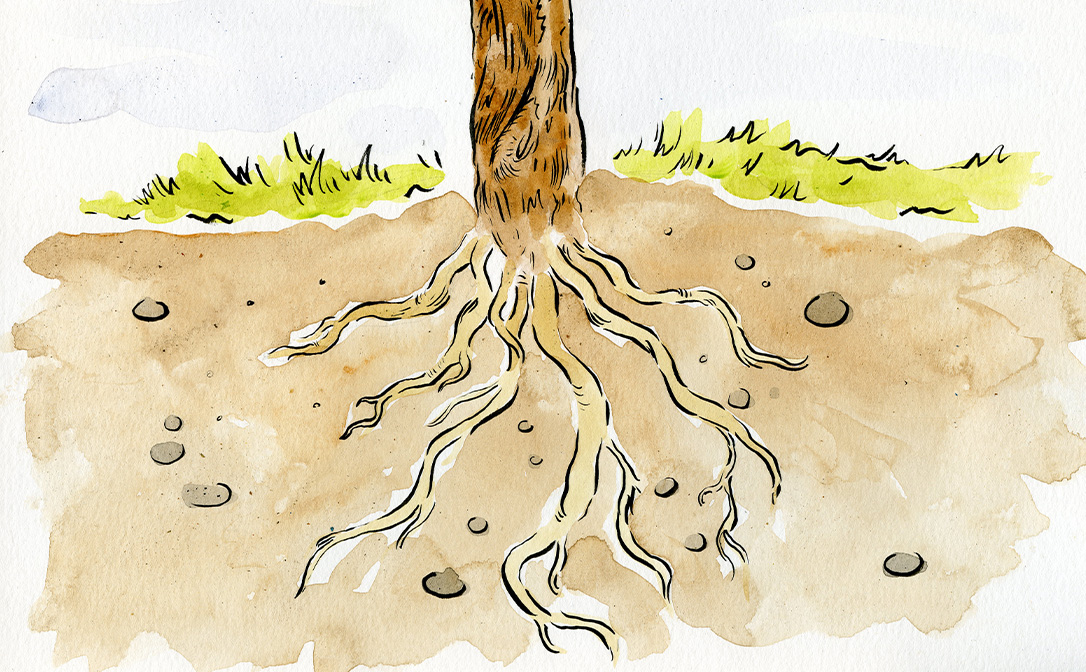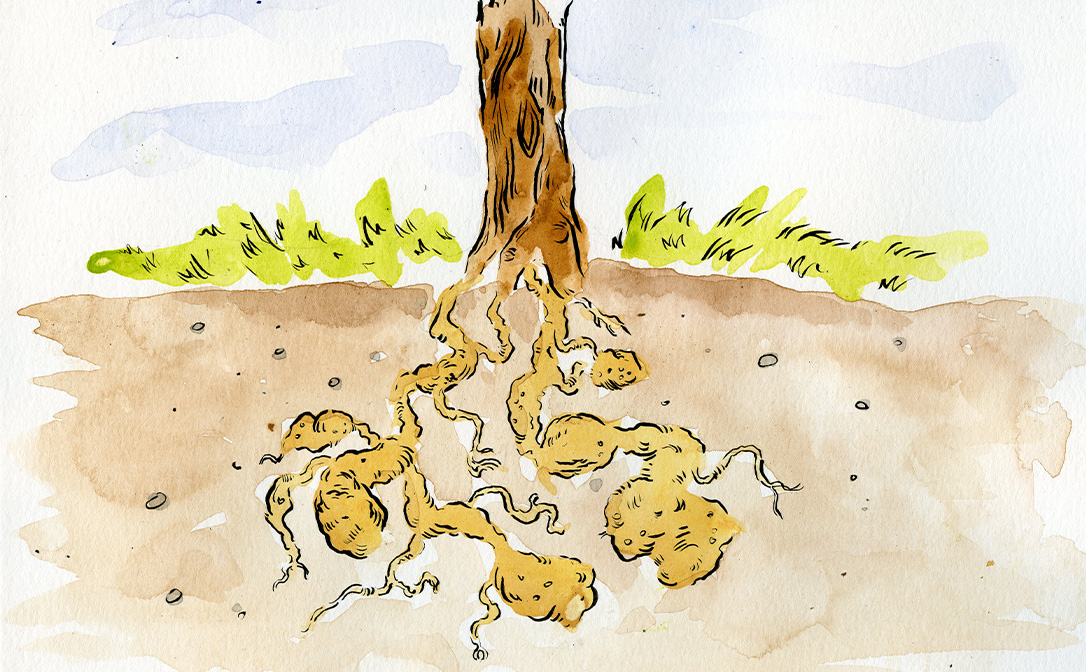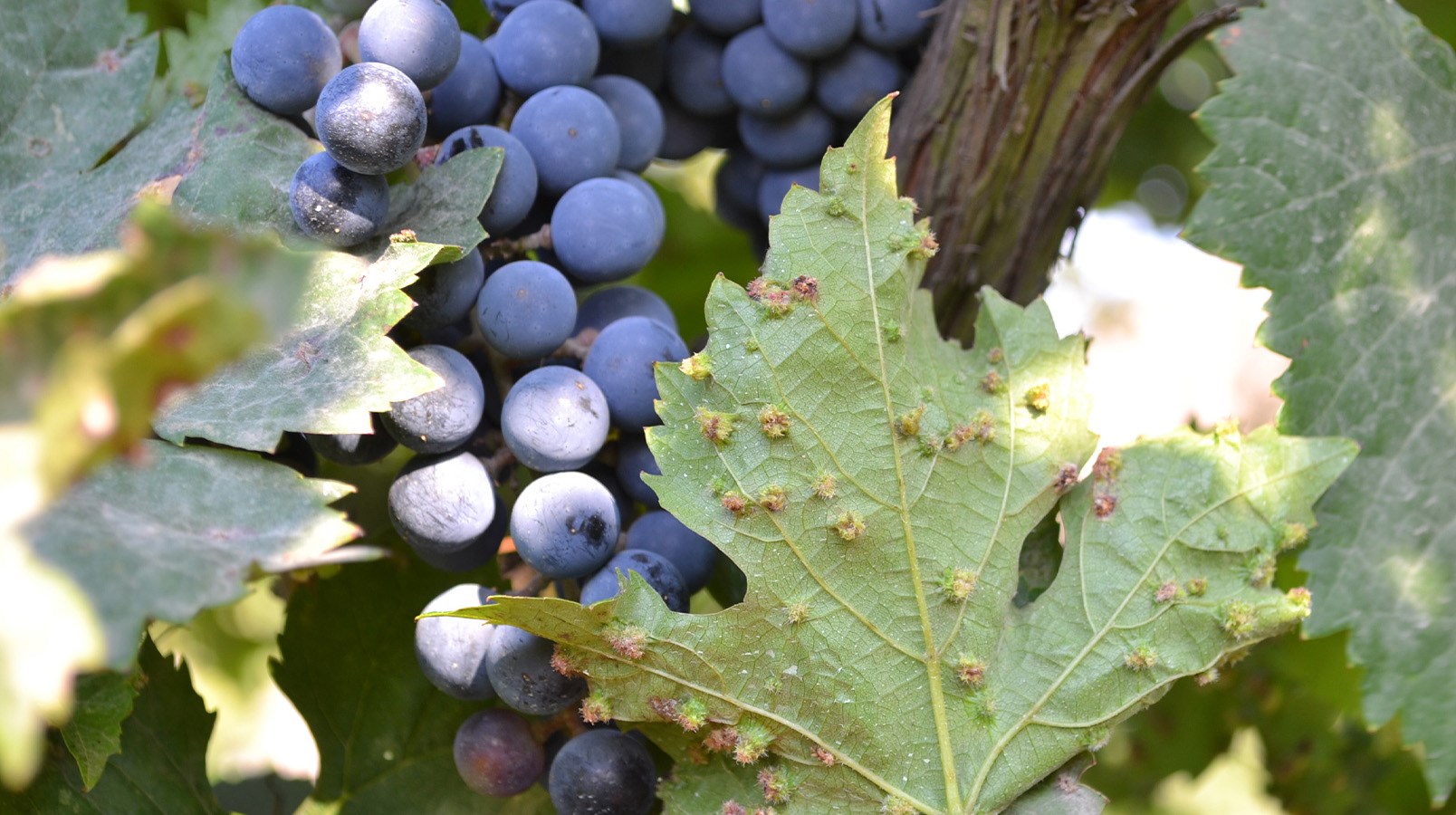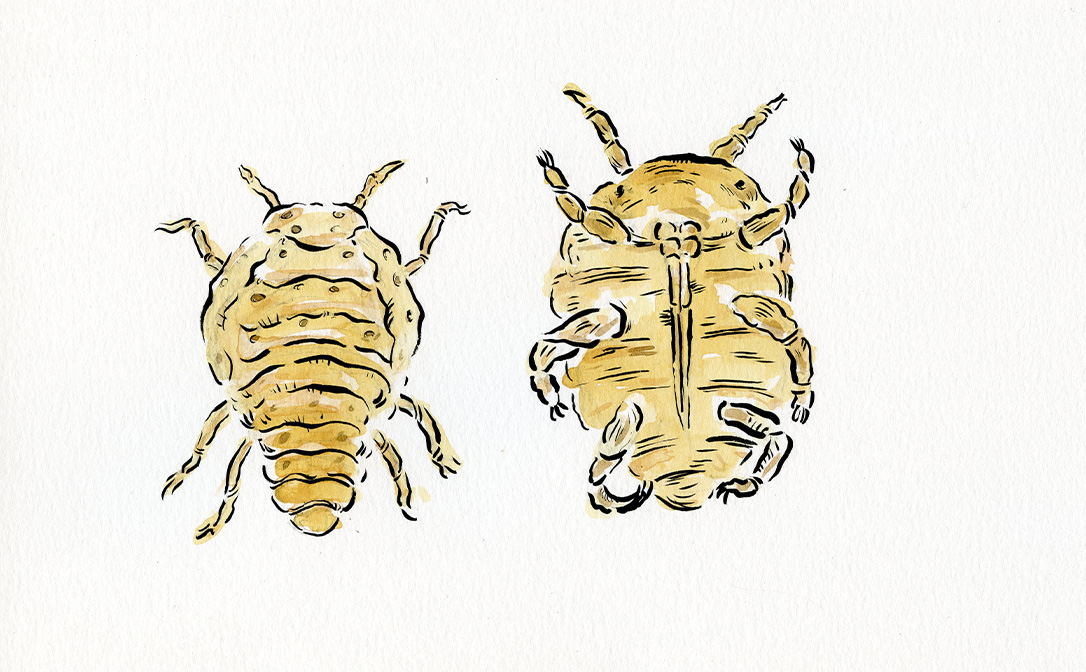If you have ever learnt about winemaking history in Europe, you’ll have heard of the Great French Wine Blight. This devastating event is a significant part of phylloxera history, caused by the Phylloxera insect, which led to devastation across the majority of European vineyards in the mid-nineteenth century. So, what is this pest? What enabled its spread, and what was the extent of its damage? And how have grape growers combatted it over the years?
What is phylloxera?
Phylloxera is an aphid-like insect. Native to North America, it was carried across the Atlantic Ocean to Europe where it was first identified in 1863. During this period, it was common to import plants from overseas.
Curious to discover more about the basics of grape growing and wine tasting? Our internationally recognised Level 1 Award in Wines will give you the foundation of knowledge to begin your journey in wine.
Click here to find out more.
This insect feeds and lays eggs on the roots of grapevines, damaging them. This weakens the vine and eventually kills the plant. Phylloxera has a complex lifecycle that can span many different stages.
How did Phylloxera spread?
In France, within a few decades, just under half of all vineyards were destroyed (almost 2.5 million ha). Then the damage began to spread to other parts of Europe, but what enabled its rapid spread?
The grapevine species used to produce the vast majority of wines around the world is Vitis vinifera, a Eurasian grapevine. This species has no defences against this pest.

Healthy Vitis vinifera vine roots. Illustration Brandon Wise / SOMMTV.
These insects can crawl, but their main method of transport is through human intervention. For example, with vine transportation, the movement of soil, using equipment such as leaf trimmers, harvesters or even by irrigation water.
So, as agricultural workers moved around areas, the insects travelled with them. By the late-nineteenth century, an estimated two-thirds of the European vineyards were destroyed.
Did you know that Phylloxera wasn’t just a uniquely European issue? It spread to many other wine-producing countries. And even in Europe, countries were more or less impacted, depending to a certain extent on how quickly and severely they acted.
The economic repercussions of this damage were immense, as thousands of businesses were forced to close.
How do grape growers combat Phylloxera?
Remember where Phylloxera originated from? Well, it's no surprise that American vine species evolved and adapted to live with this pest. Over time, these vine species developed resilient defense mechanisms to prevent the insect from causing extensive damage.

Vitis vinifera vine roots affected by phylloxera. Illustration Brandon Wise / SOMMTV.
American vines are able to inhibit the louse by forming hard, corky layers sealing wounds on the roots and preventing invasion by bacteria, thus preventing the Phylloxera from causing further damage.
It was found that grafting a V. vinifera vine onto an American vine rootstock gave resistance to phylloxera while still retaining the desirable flavours of the V. vinifera grape variety.
Rootstocks are now commonly used throughout the world to combat Phylloxera and other soil pests and diseases.
This article was written and prepared by Marcus Hill, Digital Marketing Executive WSETGlobal.
Related content:



